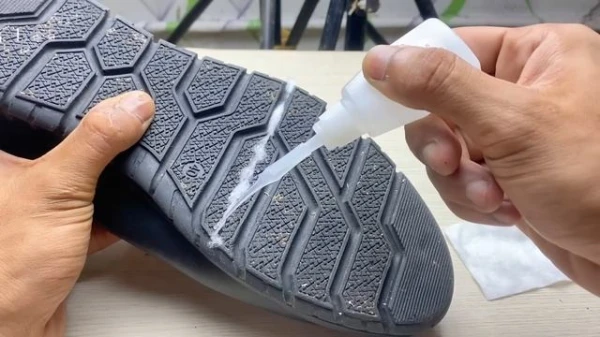
In an era where everything is measured — from heart rate to biological age — TikTok has introduced a new way to assess how much time you have left: just try to get up from the floor without using your hands.
This "home longevity test," which has garnered millions of views, is based on real scientific research published in the European Journal of Preventive Cardiology. Scientists observed over 4,000 people for 12 years and came to an unexpected conclusion: the easier it is for a person to get up from the floor without support, the higher the likelihood that they will live longer.
How the Test Works
The essence is simple — but only at first glance. You need to sit on the floor with your legs crossed and then stand up without using your hands, knees, or elbows for support. A perfect performance earns 10 points. Each time you touch the floor with a hand or knee, one point is deducted, and for instability, half a point.
The creator of the test, sports physician Claudio Araújo from the Clinimex clinic in Rio de Janeiro, explains: "If you scored 8 points, it may mean that you used one hand to help you get up or for support."
The study showed that among those who scored less than 4 points, the mortality rate over 12 years was 42%. For those who performed the test perfectly, it was only 4%.
Why It Works
The test assesses not endurance, but a combination of strength, balance, and flexibility — the very qualities that help people remain active and independent for longer.
Dr. Jonathan Myers from Stanford University notes: "Typically, when people think of 'fitness,' they think of cardio workouts. But physical fitness is much broader: strength, coordination, body control. And all of this is directly related to quality of life and longevity."
Balance protects against falls, strength prevents loss of mobility with age, and flexibility helps the body adapt. Essentially, the sit-to-stand test evaluates the functionality of your body as a unified system.
Cardiologist Jennifer Wong adds: if a person cannot complete the test, it may indicate not only weakness in the legs but also the consequences of a stroke or overall weakening of the cardiovascular system.
The Test Has Limitations
Experts warn: the test is not perfect and does not account for many nuances.
It does not show why a person is having difficulties. This could be due to arthritis, an injury, or simply fatigue after a workout. Moreover, some perform the test "with a trick" — using arm or torso swings to compensate for leg weakness.
Additionally, the exercise only assesses the lower body and balance, not endurance and arm strength, which are also important for overall health.
Other Tests That Assess Vitality
Besides the floor test, specialists use other simple methods to measure "biological strength."
-
Grip strength test — the stronger you grip the dynamometer, the higher your chance of living longer. A study in The Lancet showed that grip strength better predicts the risk of death from cardiovascular diseases than blood pressure.
-
Standing on one leg — if you can hold for 10 seconds or longer, it's a good sign for balance and longevity.
-
Five Times Sit-to-Stand (5TSTS) — standing up from a chair and sitting back down five times in a row. It tests leg strength and stability.
-
Timed Up and Go (TUG) — you need to stand up, walk a few steps, turn around, and come back. This test is often used by physiotherapists to assess the mobility of elderly patients.
If You Didn't Pass the Test Perfectly — It's Okay
A failed attempt does not mean that inevitable old age awaits you. It simply suggests what you need to work on.
Regular balance exercises, strength training, stretching, and mindful movement practice can help improve results. Squats, lunges, planks, and even simply standing on one leg strengthen the muscles responsible for stability.
And of course, health is not just about fitness. Other habits also affect lifespan: balanced nutrition, adequate sleep, quitting smoking and alcohol, and stress management.
The sit-to-stand test is merely a self-checking tool. But it can serve as a good motivator: if you couldn't get up without your hands today, it means you have a goal to strive for.













